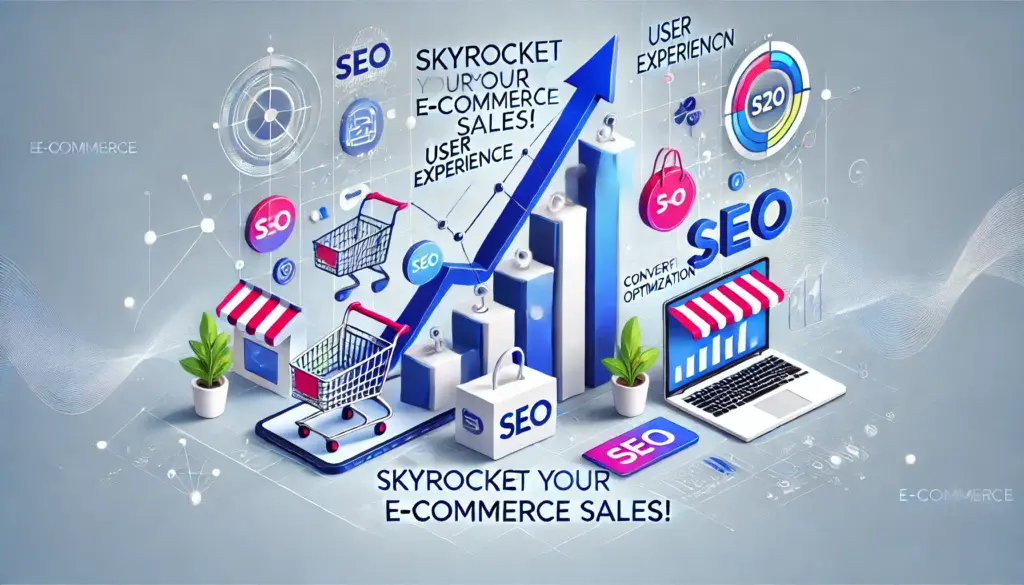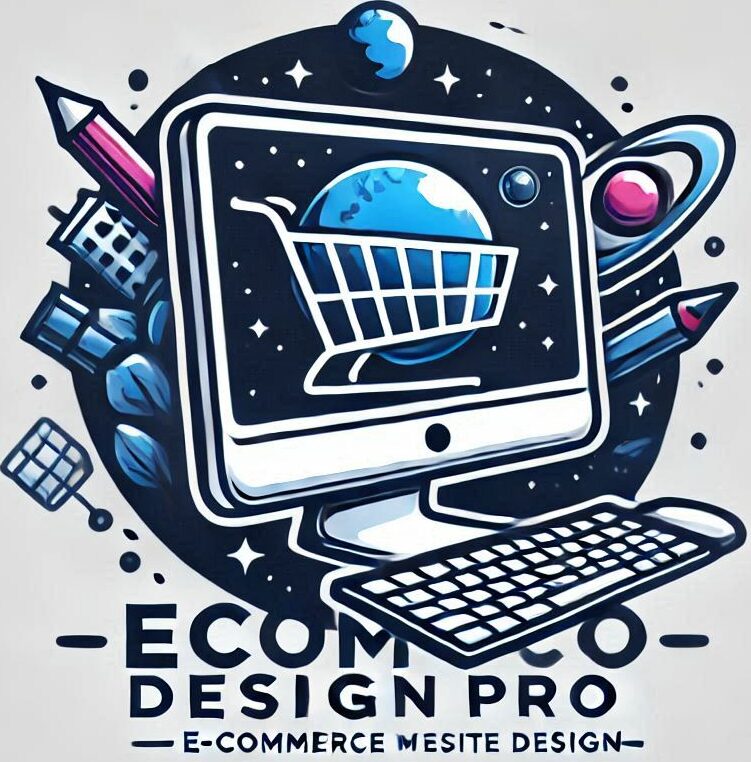
E-commerce businesses thrive on one key element – conversions. So, what exactly are conversions? Put simply, they’re when a visitor to your online store does what you want them to do, whether that’s making a purchase, signing up for a newsletter, or whatever fits your goals. And let me tell you, nailing these conversions is the lifeblood of any online business.
Yet, sooo many businesses stumble over the same hurdles when they’re chasing those golden conversions. The biggest culprit? A poor user journey. Yup, failing to guide your customers smoothly from their landing point to the checkout line can be a real conversion killer.
Ever experienced the frustration of an e-commerce site that’s just a hot mess? Imagine your potential buyers feelin’ that, and you’ve got yourself a mass exodus of sales. Take a step back, and put yourself in your customer’s shoes. What’s working? What’s causing them to bounce?
Some businesses have turned it around, of course. Look at brands like Amazon who fine-tuned the user journey to make the buying process swift and enjoyable. You can, too! Start by simplifying navigation and ensuring your call-to-action buttons pop out. Don’t make your customers hunt for the ‘Buy’ button!
Got all this in place? Awesome. Now, make sure your site’s speed is up to snuff. Nothing repels users like watching a loading symbol spin forever. Trust me, implementing these hands-on steps will keep that #1 conversion killer at bay.
Enhancing Visibility: SEO Hacks to Rank Your Online Store Higher
In the e-commerce world, being found is half the battle. SEO, or Search Engine Optimization, is your ticket to getting in front of the right eyes. It’s the art and science of grabbing a sweet spot in search engine results, and it’s crucial for pulling in organic traffic.
So, how do you play the SEO game right? First off, ditch keyword stuffing. I know the urge to cram a bunch of keywords in feels tempting, but today’s search algorithms are way smarter than you think. Instead, write naturally and let keywords flow in an organic way.
People are looking for specifics more often than you might assume. Long-tail keywords can be your secret weapon here. They’re less competitive and perfectly suited to snag those niche markets. Imagine targeting ‘handcrafted vegan leather sandals’ instead of simply ‘sandals’.
Another tactic? Optimize your alt text. It’s not just for accessibility—it helps search engines better understand what’s on the page. Describe your images like you’re explaining them to an art lover who can’t see them.
SEO isn’t a one-and-done deal, though. Keep up with trends and algorithm updates. What works today might not be as effective tomorrow. Staying sharp and adaptive means your online store stays relevant and ever-visible.
Captivating Designs: Tweaks to Elevate User Experience
Good design is more than just a pretty face; it’s the key to holding onto your customers once they’ve landed on your site. Think of user experience (UX) as the silent ambassador for your brand. Painful navigation or a jarring layout can send customers sprinting away before they even check out your products.
Your design should resonate with your audience. Is your target market young and trendy? Or maybe you’re aiming at professionals? Tailoring colors, fonts, and pictures to match your audience’s preferences can dramatically improve how they connect with your store.
User engagement thrives on conversion-centered design principles. Skip the clutter. Each page, each element needs a purpose, leading potential customers seamlessly towards what matters—making a purchase. Use visual cues to highlight call-to-action buttons. You want those buttons to scream ‘click me’ without being obnoxious.
In today’s mobile-driven world, optimizing for mobile isn’t optional—it’s fundamental. With more shoppers tapping away on their phones, your mobile experience needs every bit of love and attention as the desktop one. Fast loading times, readable text, and touch-friendly buttons are a must.
Want proof this works? Look at companies like Apple, which have mastered the art of minimalism in design. It’s simple yet effective. Clean design paired with smooth functionality keeps users exploring your site—and buying.
Combining Strategies: A Holistic Approach to Skyrocket E-Commerce Sales
Strategies don’t work in isolation. Bringing together SEO, user experience design, and conversion optimization creates a powerful trifecta that maximizes your e-commerce potential. Each element enhances the other, creating a seamless experience that delights both search engines and customers.
Think of it as crafting a story. SEO brings the audience to your story, capturing those interested in your ‘genre’ with smart keyword use. Your captivating design then keeps them hooked, ensuring that the plot is engaging and the chapters flow effortlessly.
But how do you build this seamless journey? Start by aligning your team or using integrated tools and platforms that focus on these three core areas. Platforms like Shopify or WooCommerce offer plugins and features that simplify this process, or you might opt for tailored solutions depending on your specific needs.
Measuring success is a part of the journey too. Pay close attention to key performance indicators (KPIs) that matter most, like bounce rates, conversion rates, and customer satisfaction scores. These metrics tell you if your story is resonating or needs a little work.
With technology and trends constantly evolving, staying adaptable is your best ally. Keep an eye on upcoming trends and digital innovations. The next big thing might feel like it’s around the corner, and being prepared to adapt quickly will keep you competitive and thriving in this dynamic market.




Excellent article. Your primary points of SEO and design tweaks will definitely draw customers in and keep them on the site.
It is common for older website designers to not understand the newer complexities of key words with search engines as well as not understanding that ‘less can be better’ since we are dealing with a phone screen instead of a monitor. The added point of using a stream-lined Ecommerce plugin for a smooth sale experience is just golden since many sites I have had to purchase through can make it a nightmare to navigate to the purchase.
Hi Christopher,
Thank you so much for your thoughtful comment! I’m glad the article resonated with you. You’re absolutely right—many seasoned designers still approach e-commerce with outdated mindsets, not fully accounting for today’s mobile-first world. Simplicity and streamlined navigation are critical, especially when screen space is limited.
And yes, choosing the right e-commerce plugin can make or break the checkout experience! A smooth, intuitive process keeps customers happy and conversions high.
Appreciate you sharing your insights—hope to see you around the blog again!
Best,
Thierry
Excellent post. Very informative although entirely ‘black and white’ no color. I found it to be quite educational and professional. The subject matter is well explained and thought out. I even clicked on one of the links in this article and found it to be much better presented but just as informative. I like the way you approach the subject and make it clear to a beginner such as myself.
Hi Walter,
Thank you so much for your kind words! I’m really glad you found the post informative and beginner-friendly—that means a lot. I appreciate your feedback on the presentation too! I’ll definitely take the note on color and visuals into account for future posts—always looking to improve the reading experience.
And it’s great to hear that you explored the linked content as well! Thanks again for taking the time to read and share your thoughts.
Best,
Thierry